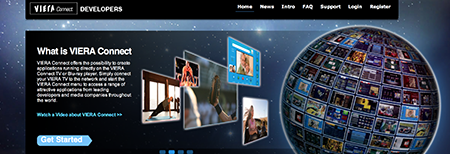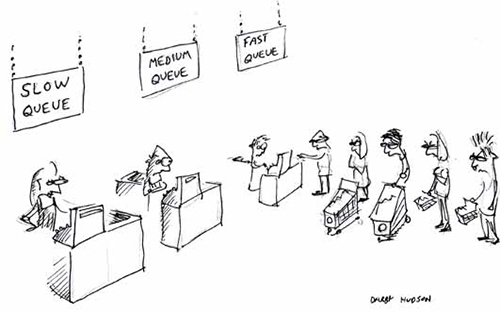
It has become clear that Node.js has become a striking trend in the community of Web developers. In this post, we are going to discuss, what pitfalls may encroach on the developer in Node.js, and whether it is worth switching to it.
Basically, developers associate Node.js with small services, e.g., chats. (For more details, read "Development of high-performance services for Node.js"). Well, they have a good reason for that. Node.js is a perfect fit for services that support a permanent connection to the client or can wait for a response for a long time. Absence of I/O lock allows you to read large files, keeping your service ready to process new requests. Continue reading








